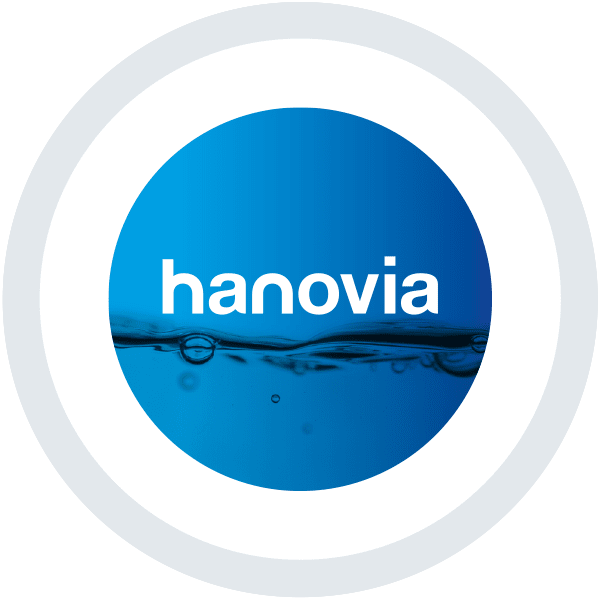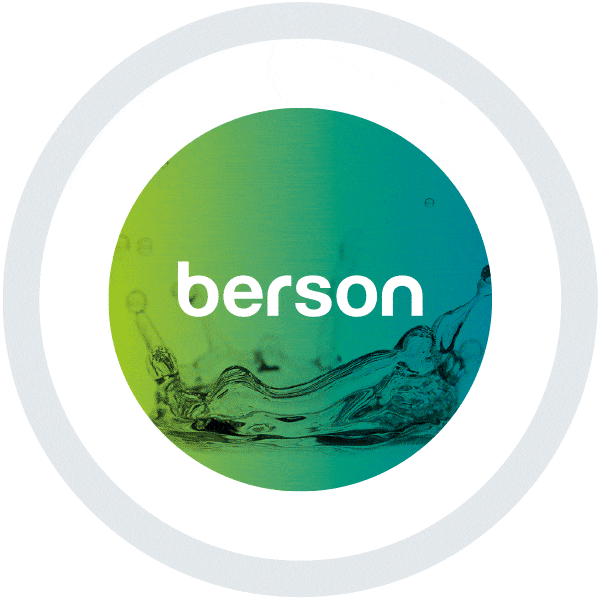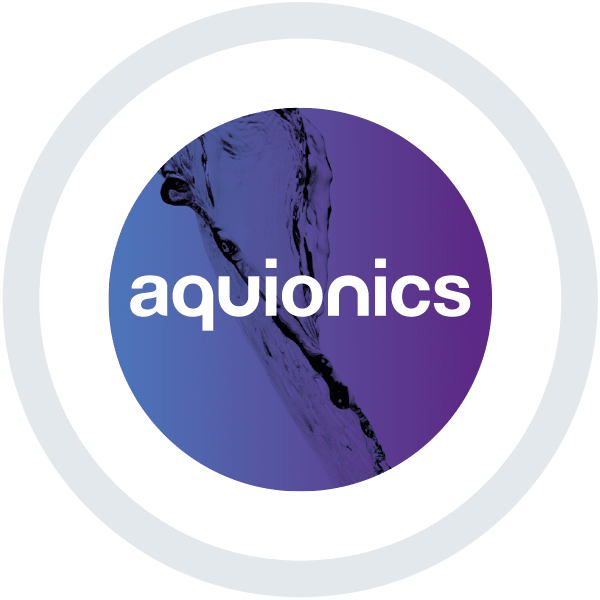Detecting Gas, Saving Lives (Aquatech Blog 2 of 4)
By Fiona Macrae
As Berson, Crowcon, Hanovia and Palintest will be exhibiting together at Aquatech in Amsterdam (31 Oct – 3 Nov), we will be featuring a series of blogs about the companies. Our first guest blogger is Fiona Macrae, Channel Marketing Manager at Crowcon Detection Instruments.
A huge range of chemical disinfectants are used to make water safe from microbial contamination. These chemicals can themselves be hazardous, not only when dissolved in water, but also on gaseous form. Gas detection is therefore an important water-related safety consideration in many industries.
Chlorine, for example, is widely used as a disinfectant. The US Occupational Safety and Health Administration (OSHA) states that a concentration of 10 parts per million (i.e. 0.001%) chlorine gas is immediately dangerous to life or health, and it has been used as a chemical warfare agent. Large public water suppliers use liquefied chlorine gas supplied in pressurised containers. The gas is withdrawn from the cylinder and dosed into water by a chlorinator, which both controls and measures the flow rate. A separate storage area is required for the gas cylinders.
Ammonia is also commonly used. It is poisonous at low concentrations and explosive in higher levels. Usually stored as anhydrous liquid, it readily evaporates to a gas, so storage areas could quickly reach hazardous concentrations. An ammonia leak in 2016 at a UK brewery left one person dead and 22 needing hospital treatment.
Another disinfectant gas, ozone, is highly reactive. As a potent oxidising agent, it is highly toxic and can react explosively with substances such as oil and grease. It quickly breaks down, leaving no hazardous by-products. Consequently, it is used by food, beverage and pharmaceutical companies to provide water suitable for washing fruit and vegetables, for diluting fruit juices or for the production of beer, soft drinks and table water.
Even a small escape of any of these toxic gases can be harmful. To identify any leak as soon as possible, fixed gas detection systems are installed in the areas where the gas is stored, piped or used. The remote alarms allow a central control room to take executive action “ this could be activating ventilation fans or actuating automatic valves to isolate a leak. Local sounders and beacons alert workers in the vicinity and prevent them walking into a hazardous environment unawares.
Gases can be lighter (e.g. ammonia) or heavier (e.g. chlorine) than air and they sometimes form in pockets or travel to connected spaces where there may be no fixed detection. Personal gas detectors must therefore also be worn by individuals working in these environments. These alert any wearer that finds him or herself in a gas pocket that exceeds the instantaneous alarm level.
Even at very low levels, toxic gases have a cumulative harmful effect over time, so constant monitoring is essential. Because the portable detector stays with the worker, it can monitor exposure over extended periods and will also alert them if their longer-term low level exposure is a concern.
Crowcon’s mission is detecting gas and saving lives. We have over 45 years experience working with water utilities, food, beverage and pharmaceutical companies, amongst others, helping them fulfil their duty of care and keep their workers and infrastructure safe from gas hazards. Our fixed and portable gas detectors protect any company and its workers from these water-related gas hazards. To find out more, why not visit us on the Halma stand to talk to us about your gas detection challenges and how we can help you resolve them.
Crowcon will be exhibiting at Aquatech, along with Berson, Hanovia and Palintest, in Hall1, on Stand 112.





 沪公网安备 31011202013557号
沪公网安备 31011202013557号